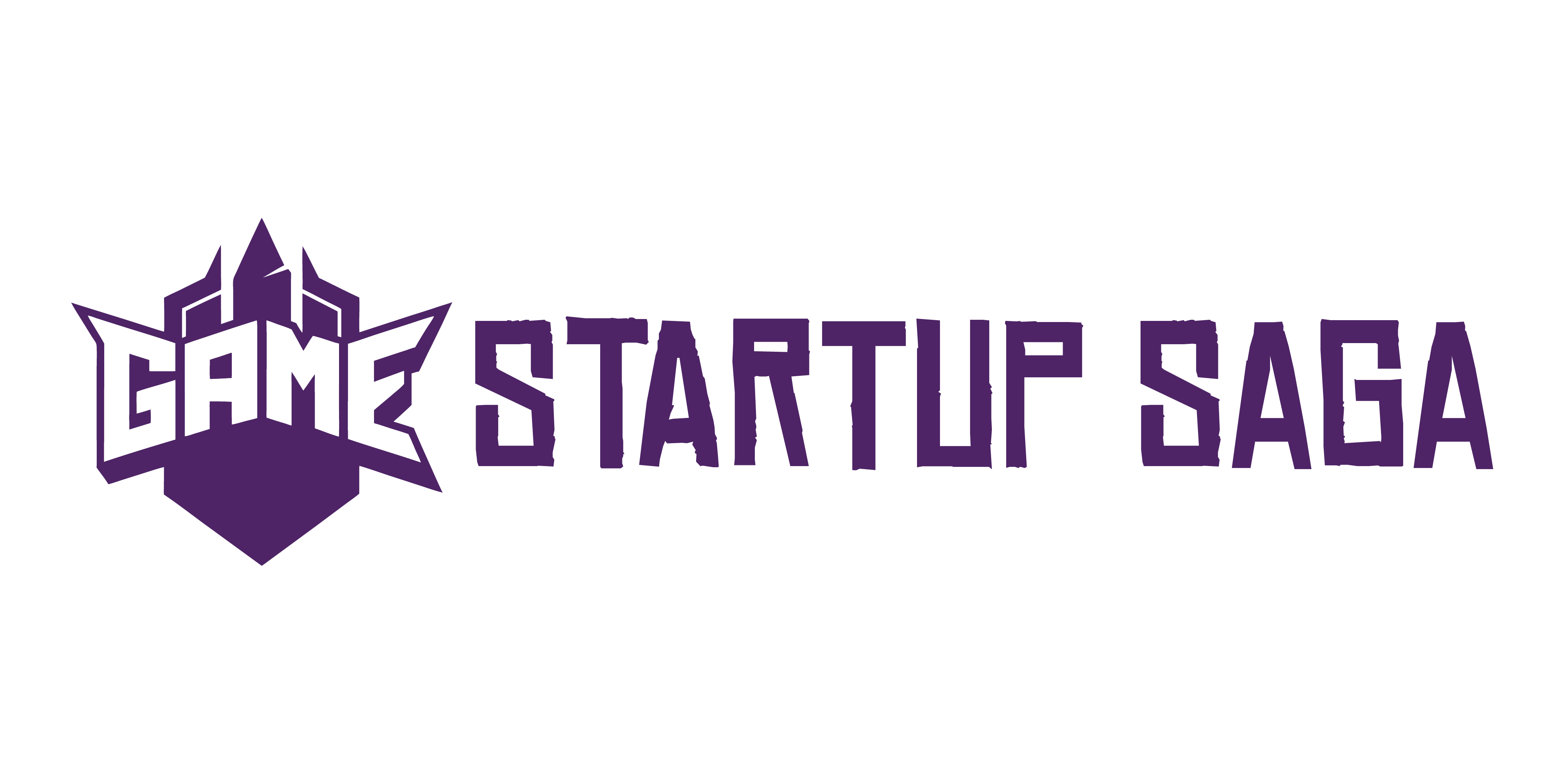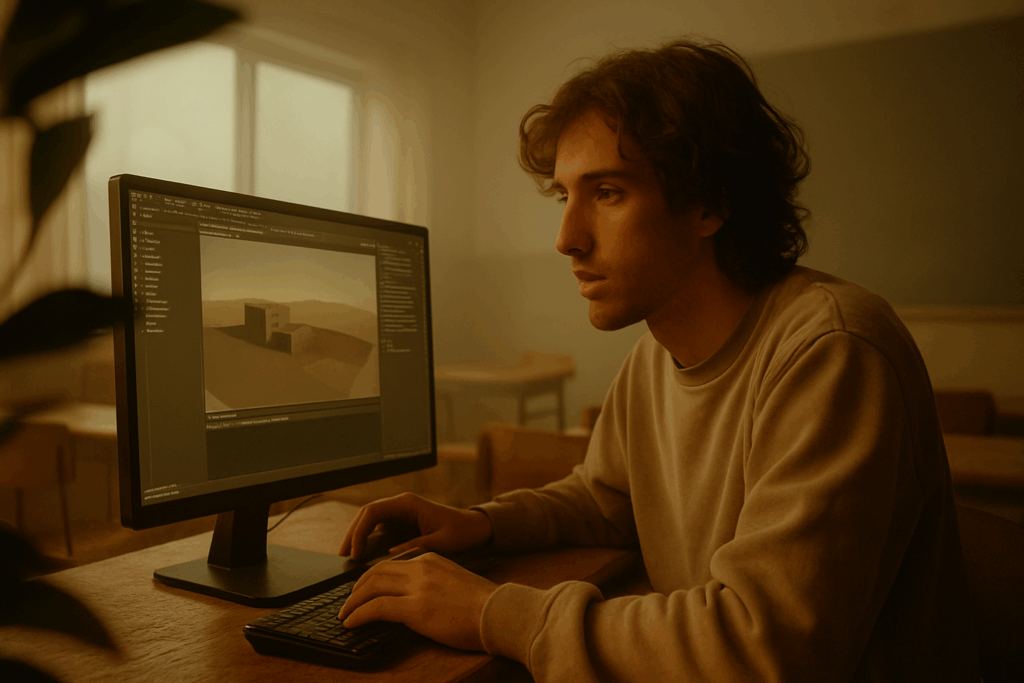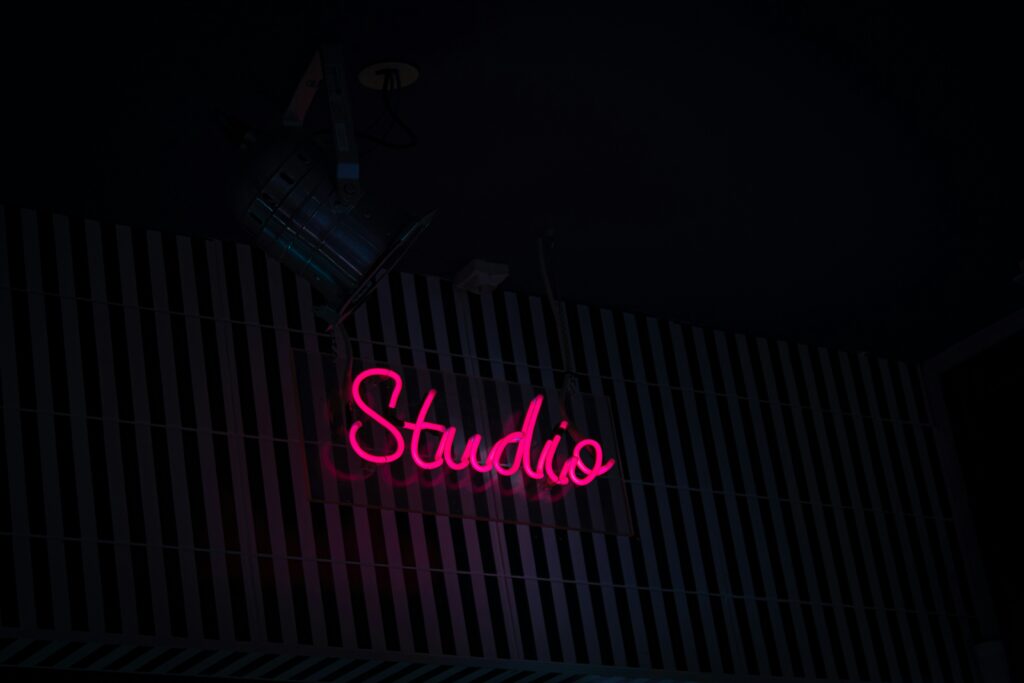Why the Right Tools Matter
A bloated toolchain slows you down. A clunky one kills momentum. The smartest game creators know that every tool in the stack should earn its spot. Whether you’re solo or on a small team, streamlining your workflow with the right software isn’t just about convenience—it’s survival. Every unnecessary click is time lost.
The tools you choose shape the way you think and build. A solid engine can unlock creativity, while the wrong one boxes you in. Good asset pipelines scale with your ambition, not against it. Even basic project management software can be the difference between finishing your game or drowning in chaos.
Size matters, too. A solo developer doesn’t need an enterprise-level pipeline. Mid-sized teams have different needs—like tighter collaboration tools and clear version control. Matching your tech stack to your project’s actual scope keeps your head above water and your codebase clean.
Start lean. Stay focused. Let your tools enhance—not bury—your creativity.
Game Engines: The Creative Core
Choosing a game engine isn’t just a tech decision—it defines what you can build, how fast you can ship, and who you can collaborate with. Here’s the lay of the land in 2024:
Unity is still the workhorse of the industry. It strikes a good balance—plenty of power, friendly tools, huge community, and support for just about every platform you can think of. Indies love it for its flexibility. Pros use it when they need something scalable but not overkill. If you’re making 2D or simple 3D games and want a straight path to market, Unity is a solid default.
Unreal Engine shines when visuals matter. If you’re building AAA-style 3D worlds, immersive experiences, or anything with cinematic lighting and physics, Unreal is the one. It’s heavier, sure, and there’s a learning curve—but the graphical firepower it gives you right out of the box is unmatched.
Godot is the wild card that’s steadily proving itself. It’s open-source, fast-moving, and great for 2D development. The community is thriving, plugins keep multiplying, and if you want full control without hefty licenses or platform lock-in, it’s a strong play. It’s especially appealing for devs who like tinkering or want transparency under the hood.
So, how do you choose? Nail down your game’s core needs:
- 2D or high-fidelity 3D?
- What’s your team’s size and skill level?
- Do you need fast prototyping or long-term scalability?
- Is open-source flexibility worth more than built-in toolkits?
Pick the engine that aligns with your team’s strengths and the game you’re actually building. Overcommitting to the “wrong” engine burns time. Choose lean, stay focused, and build what plays to your edge.
Art & Asset Creation
Creating standout visuals starts with using the right tools. Whether you’re animating a 3D boss character or polishing pixel art for a mobile platformer, selecting the tools that match your style and scope is essential.
Top Tools for Artists and Designers
Blender
- A fully free, open-source tool for 3D modeling, animation, rigging, sculpting, and even rendering.
- Ideal for indie creators who want control from concept to export.
- Great for both prototyping and full production pipelines.
Photoshop & Alternatives (Affinity, Krita)
- Photoshop remains a classic for texture painting, UI design, and concept art.
- Alternative Picks:
- Affinity Photo offers pro-level tools for a one-time payment.
- Krita is excellent for freehand digital illustration and sprites.
Aseprite
- The go-to tool for pixel art creation.
- Features include onion-skinning, tile mode, and an intuitive animation timeline.
- Especially popular in 2D indie and retro-style games.
MagicaVoxel
- Lightweight voxel modeling software with a minimal learning curve.
- Perfect for stylized 3D assets and artists experimenting with a voxel aesthetic.
Workflow Tips by Team Size
Solo or Small Teams
- Focus on lightweight tools with wide online support (e.g., Aseprite, Blender).
- Choose software that doesn’t require steep licensing fees.
- Use consistent templates and asset naming conventions from the start.
Medium Teams or Specialized Roles
- Invest in version control tools to keep assets organized.
- Allow artists to specialize: pixel artists in Aseprite, environment designers in Blender, UI artists in Photoshop.
- Set up centralized asset libraries and style guides for consistency.
Clear asset pipelines—both for 2D and 3D—can prevent bottlenecks and keep projects moving toward completion. The key is choosing tools your team actually enjoys using—and building streamlined workflows around them.
Code, Collaboration & Version Control
Let’s be blunt: if your coding tools suck, your game will suffer. Visual Studio and VS Code remain the crowd favorites for a reason—they’re fast, flexible, and loaded with extensions that fit every engine and language you might be working with. Whether you’re in C#, C++, or something more exotic, these IDEs give you a stable base to build from.
Now add Git to the mix. GitHub and GitLab aren’t just for storing code—they’re your safety net. Version control lets you rewind when things break, and if you’re working with others, clean merge requests and issue tracking keep everyone in sync. For larger teams or projects with heavy binary assets, Plastic SCM is worth looking at. It handles big files better and plays nice with artists and designers who might not live in the codebase.
Don’t sleep on debugging tools either. Use breakpoints, logs, profilers—whatever finds bugs before your players do. And if you’re not running some kind of agile or iterative workflow, you’re probably wasting time. Sprints, daily commits, tight loops. That’s how progress happens without the chaos.
Sound Design & Music Tools
Good sound doesn’t just sit in the background—it drives mood, pacing, and immersion. Whether it’s the thump of an incoming boss or the subtle echo in an empty hallway, audio makes your game world feel real.
Start with engines like Fmod or Wwise. These give you dynamic control over how sound reacts in-game—footsteps that change with the surface, music that shifts with player health, rain that quiets when you enter shelter. They’re built to scale with complexity and plug into major engines seamlessly.
For quick edits or commentary pickups, Audacity still gets the job done. It won’t wow you with features, but it’s light, fast, and reliable when you need clean audio in a pinch.
When you’re ready to create full scores or soundtracks, tools like FL Studio, Ableton Live, and Reaper are the go-tos. Pros use them to build everything from ambient loops to high-impact scores. Whether you’re layering synths or recording live instruments, these DAWs open the door to serious production.
Sound isn’t optional. Done right, it tells a story even when the screen goes dark.
PM & Productivity Tools
Effective project and team management tools are essential for keeping development on track—especially as teams grow or work remotely. Whether you’re a solo developer juggling everything or part of a mid-sized team, having the right productivity stack can save time, reduce friction, and bring clarity to your creative process.
Task & Project Management
Replace scattered to-do lists and sticky notes with tools designed to organize and track progress.
- Trello – Visual boards and card-based layouts make it easy to track game features, bugs, and production stages.
- Notion – More than just a note-taking app; use it to create dynamic game design documents, timelines, and knowledge bases.
- Monday.com – Ideal for multi-disciplinary teams who need a structured approach to task assignment and deadline tracking.
Each of these options is flexible, scalable, and adaptable to your specific game dev workflow.
Collaborative Design & Layout Planning
Design decisions benefit from visual brainstorming and layout visualization—especially during level design and world-building phases.
- Miro – A collaborative digital whiteboard that’s ideal for mapping out game mechanics, sketching levels, and laying out narrative paths with your team. Great for both real-time and asynchronous collaboration.
Remote Communication That Works
Game development is often a distributed effort. Staying aligned requires more than just email.
- Slack – Channels and integrations that plug directly into your dev tools.
- Discord – Flexible and familiar, especially for indie teams or those already building community spaces here.
- Zoom – Reliable for quick check-ins, design reviews, or in-depth team syncs.
Setups by Team Type
- Solo Developers: Stick with lightweight tools that scale with you. A Notion board for tracking tasks and a weekly Zoom session with a mentor or playtester might be all you need.
- Small to Medium Teams: Combine Trello or Monday for project tracking, Miro for creative sessions, and Slack/Discord for daily communication. Integration is key—choose tools that talk to each other
Finding your ideal productivity stack isn’t about using every feature—it’s about simplifying your process so you can spend more time building and less time managing.
Testing and Deployment
You’ve built it—now it’s time to see if it breaks. Before hitting the big red launch button, smart devs loop in players early. Tools like TestFlight (for iOS) and Steamworks (for desktop) offer controlled ways to get feedback before the public sees your game. TestFlight is especially solid for vetting mobile UX and squashing onboarding issues. Steamworks lets you segment by regions, manage beta keys, and collect real-world user data. Run narrow tests. Observe quietly. Iterate fast.
Post-launch, you need eyes everywhere. Bugs don’t announce themselves—they lurk. BugSnag and Sentry plug into your game and track issues as they happen, often tied to specific devices, game states, or code paths. It’s how you stay ahead of bad reviews. And yes, setup takes a second. But once they’re live, you’ll wonder how you tracked anything before.
Cross-platform? That adds layers. Think different OS quirks, control schemes, resolution issues. Unity and Unreal help, but you still need testing on actual hardware. Automate what you can, but never skip hands-on sessions across each platform. Players expect your game to ‘just work’—no matter where they launch it. That’s on you.
Legal, Licensing & Compliance Prep
Game development isn’t just code and creativity—you’re also building on a legal minefield. Ignore it, and you risk takedowns, loss of revenue, or worse. First rule: use licensed or self-created assets, period. That means models, textures, music, fonts—everything. Grabbing something from Google Images or a random sound repository won’t cut it. If you’re using asset packs, make sure the license covers commercial use.
Open-source tools? Great—but tread carefully. Some licenses (like MIT or BSD) are liberal; others (like GPL) come with strings attached. Know what you’re agreeing to. The same goes for royalty agreements—especially with music, software components, or co-created art. You don’t want surprises once your game starts turning a profit.
Understand who owns what, how it can be distributed, and what you’re obligated to disclose. If in doubt, ask a lawyer or use vetted marketplaces with clear, enforceable terms.
For a deeper breakdown of what to watch out for legally, see How to Navigate the Legal Landscape in Game Development.
Wrapping Up: Build Smart, Ship Smarter
Your game is only as efficient as your workflow—and your workflow is only as clean as your tools. If your stack is bloated with apps that rarely pull their weight, you’re setting yourself up for distractions, not momentum. Keep it lean, keep it sharp. You don’t need everything. You need what works.
Regularly gut-check your tools. What’s actually speeding you up? What’s just creating friction or noise? The goal isn’t to impress anyone with a shiny tech stack—it’s to finish your game with as few bottlenecks as possible. If something’s not helping you solve real problems (faster bugs, cleaner art, better builds), it’s dead weight.
Tools won’t carry your vision across the finish line. That’s on you and your team. But pick the right ones, run them wisely, and they’ll clear the path so you can finish strong.




